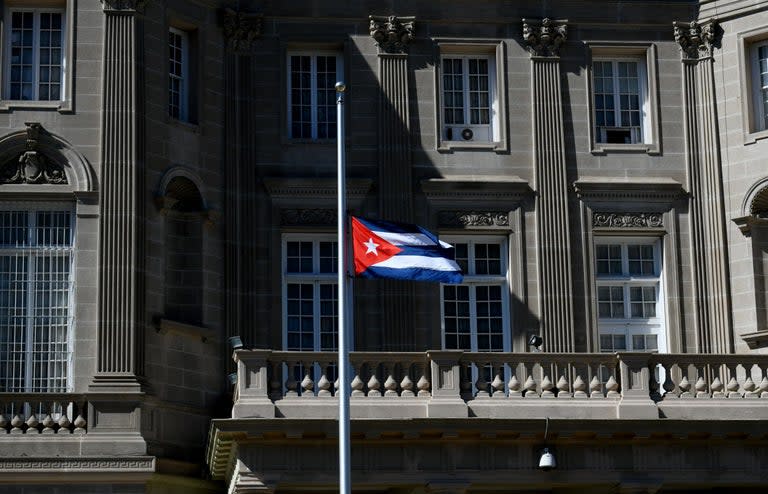US diplomats in mystery Cuba attacks face ‘significant differences’ in brain function, study finds
A group of US government workers have “significant differences” in their brain functionality after being exposed to what the FBI called “targeted attacks” in Cuba between 2016 and 2018, according to a new study.
Many of the 26 workers who the US State Department “medically confirmed” were involved in the reported incidents in Havana appeared to have less connectivity and white matter in their brains when compared to similar healthy individuals, the University of Pennsylvania researchers said.
Their study, titled “Neuroimaging findings in US government personnel with possible exposure to directional phenomena in Havana, Cuba” was published Tuesday in the Journal of the American Medical Association. It did not reveal whether the differences in the US government workers’ brains could be directly attributed to the events they experienced in Cuba.
However, study authors noted “significant differences in whole brain white matter volume, regional gray and white matter volumes, cerebellar tissue microstructural integrity, and functional connectivity in the auditory and visuospatial subnetworks.”
“The clinical importance of these differences is uncertain and may require further study,” they added.
The study included most of the 26 Americans confirmed by the State Department to have been involved in the incident, along with some of their relatives and others who may have been exposed.
Researchers compared their brains to 48 healthy individuals not involved in the reported attacks using advanced MRI technology that created detailed mapping of their brain connectivity and function.
While doctors noted a smaller volume of white matter in the US government workers compared to healthy individuals, they found some of those patients had higher volumes of grey matter in certain regions.
White matter in the brain creates a communications network through nerve fibres, while grey matter refers to areas of the brain processing information.
The study arrived nearly two years after the reported attacks occurred, although the incidents largely remain shrouded in mystery.
The FBI has yet to close its investigation into the incidents or identify a source for the mysterious attacks.
Cuba’s neuroscience centre chief immediately criticised the study, saying there were “causes for concern” in the researchers’ methodology.
“The most worrisome aspect is the attempt to link these findings with an unspecified ‘directional phenomenon,’” Dr Mitchell Joseph Valdés-Sosa said, according to NBC News. “The research in this area has been cloaked in secrecy, and driven by cold war paranoia.”

 Yahoo News
Yahoo News 

